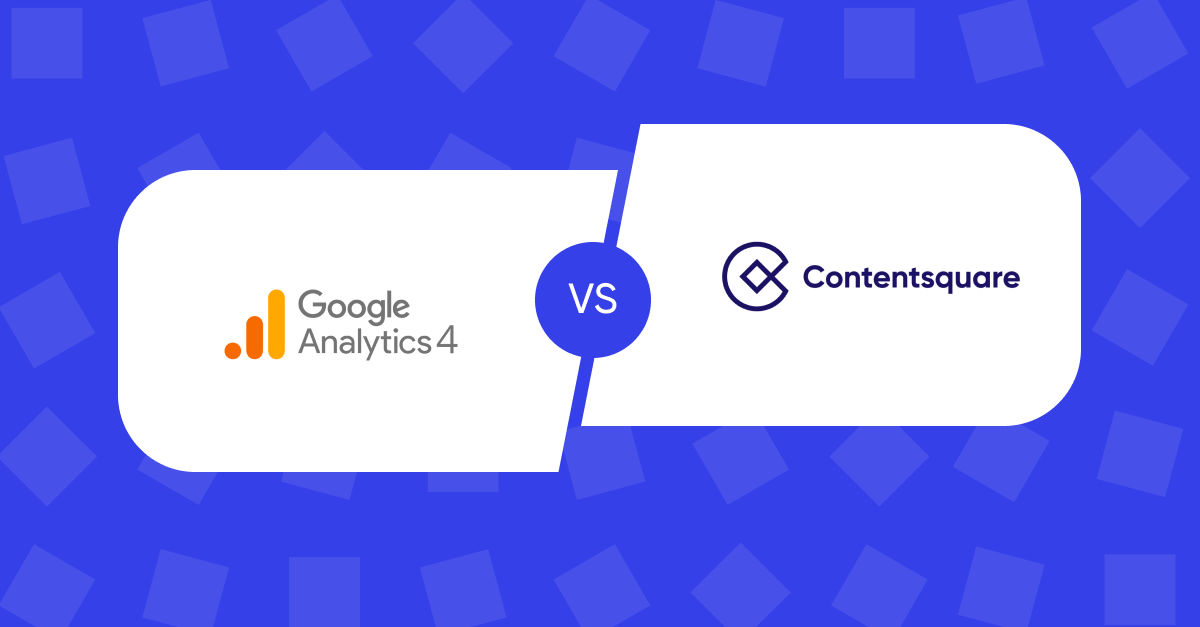How To Satisfy Modern Online Shoppers’ Needs Without Losing Your Mind

Modern shoppers, especially Millennial and Gen Z, have set the stage for today’s shopping because they’re the largest demographics for most sales and are seeing gains in their income. While their needs originally were different than older consumers, their demands have become standard requests even for Boomers.
Chief among the current trends that the modern shopper wants are a social media presence, a smart web design, quality goods, quick shipping, sticking to your promises, and making the whole purchase process simpler.
These are a lot of needs to meet, but your eCommerce store can definitely do it when you take direct, deliberate steps. Let’s explore some of those steps you can start taking right now.
Social Media Activity
You’ve long heard your marketing team tell you to get on Twitter or other social media platforms. You might have heard about the surveys saying social media can generate sales and increases engagement. There are a lot of smart reasons to join social.
What we want to focus on right now is how to act on social in order to make a strong connection with your customers. At the heart of it, it all comes down to transparency. Customers want you to be open and honest, and to use social to do that.
Transparency matters more than ever. Millennials rank social as the top channel for you to be transparent and say that on social they want honesty from you more than they want it from politicians.
Here are the things they believe matter most:
- Admitting a mistake (61%)
- Answering customer questions honestly (58%)
- Accurate pricing for your products (45%)
- Manufacturing practices (49%)
- And tied for fifth were marketing practices and employee diversity (39% each)

Those are an amazing guide for your social activity and ads. Focus on customer service and responding to questions above all else. When things go wrong, follow the proven practice of admitting it and then fixing it. Ads can contain pricing as well as language on your manufacturing processes when applicable, which can also help engender trust with the customer.
Customers expect you to be more transparent, and some 58% believe it is a moral obligation for you to be honest.
Smart Web Design
Why does almost every article on modern web design focus on minimalism in some form? Because we’re all overloaded from the 20,000 different things vying for our attention. When you’re nothing but noise, people will head for the hills. Millennials are the worst at this with 41% struggling with information overload, while only 31% of Boomers say this.
So, how do you design in a way that promotes sales for your products while also not causing migraines? Start with the smartphone. Design for this real estate and you’ll naturally slim down and focus on what’s important. Mobile-first is a terrific way to ensure that you’re minimalist too.
Next, move to what we were just talking about: transparency around your brand.
For web design, transparency and honesty aren’t about showing the underwork but more about telling your story. Humans have been telling stories since time immemorial; it’s how we connect with each other.
Tell your story clearly and consistently on every page. For example, you’re not a clothing retailer; you help people find their style to feel good about themselves and express their individuality.
Once you have that theme, focus on the elements that relate to the customer and your interactions. The theme should be reflected in the photos you choose, the colors and font on your site, the extra information you provide, and the transparency you give around size charts, shipping costs, and more.

Skip out on the stock images and crowded ads or pop-ups. Clear away the clutter to get to a clean visual that’s visually appealing and shares your story while providing customers the details they need to make a decision.
The final piece of the puzzle is two types of recommendations: products and people. Follow Amazon’s example of showing products that are similar or ones that people who viewed product A also purchased. Second, bring in your social posts from followers and customer review to lend authenticity to the claims you make about the products.
You want to show people how these goods achieve that theme above, and then provide examples of real people who say that too.
Quality Products
It’s not surprising that people want quality products. No customers want to get ripped off, so every business focuses on some level of quality. Your business needs to define that quality level and then stick to it. Customers are more loyal when product quality stays consistent over time. You don’t have to be Apple, but you do need to meet the initial expectations that your customers expect.
One note here is that money is tight for many of your customers, though overall wages in the U.S. are starting to rise. So, you might be competing to get users from your competitors as people move away from their preferred brands.

Quality in the Millennial and Gen Z focus also means a product worth sharing. Make it something they enjoy using or wearing and would be willing to put on social media. Achieving that means you get great word-of-mouth marketing, a chance at influencer tactics, and plenty of quality reviews to add to your site.
Rapid Shipping
Shipping is a major pain point for many etailers, since your customers demand it to happen quickly and they don’t really care about logistics variables that may be beyond your control. As of 2019, Amazon Prime has roughly 100 million subscribers. They spent more than $1,500 on Amazon each year, and the shipping is a major point of interest for them.
A recent study also notes that twice as many customers took advantage of same-day shipping options in 2018 compared to 2017. And the kicker: 99% of U.S. consumers believe “fast delivery” is important.

That means you need to provide this yourself or work with an order fulfillment company that promises these delivery speeds, and you should make these promises clear. You could easily lose a sale by having slow shipping options or overly unaffordable prices.
Also, in the shipping column is the ability to track a purchase. People are willing to pay for faster shipping, so they want to know if you’re delivering on your end. About half of online shoppers in the U.S. have canceled an online order because the delivery was too slow.
A Simple Purchase Process
Along the same lines of the shipping being high-quality, customers want the purchase experience to be that way too. They don’t want huge forms or complex options, hidden costs, or even to be forced into creating an account when they’re not interested.
If someone wants to buy as a “guest,” you might lose their dollars if you don’t allow that option.
Simple shopping includes a clean and clear cart that is transparent around product costs, added fees for shipping or taxes, and shipping times. Keep this visible at all times to build more trust.

Unfortunately, most eCommerce customers in any demographic will consider or completely abandon a shopping cart at some point this year. What you can do to fight against this is to use retargeting advertising mechanisms. Cart abandonment is also the reason for one of the 17 must-send emails for your company.
Nearly 70% of carts are abandoned but sending that email can get people to come back, especially if you offer something like free shipping.
What’s important for that retargeting is it will only be successful if the purchase process they return to is simple and effective.
Corporate Promises
One of the biggest tactics for reaching Gen Z is to publish and perform corporate responsibility.
This demographic, as well as Millennials, wants a company to be authentic and share their altruistic beliefs. You need to genuinely believe in something and promote it. Do this, and you can grow your bottom line.
Corporate social responsibility, or CSR, puts a human face on any brand. It allows customers to see that you care about a cause and are actively putting money toward it. They then get the benefit of saying the products they use also do good in the world — you’re giving them bragging rights too. Lego provides a great example of this.

Another important aspect of this is the media environment that Gen Z is immersed within has a confusing mix of real and false stories of all kinds. We’re not just talking about traditional media, but also memes that accuse brands of false harm, bullying, planetary harm, and much more.
Bring in the transparency and honesty mentioned above to your work in the local community, and you can invite a new line of customers in regularly.
Onesixtyfourth has created an interesting five-step Brand Citizenship model that discusses CSR in a broader sense, noting that today’s customers want to buy from you if you improve their lives, community, and the world while taking responsibility for what you do.
Treat Them Like People, Not Buyers
The heart of every item above is treating the customer like a person. Follow the rules of a first date when you want a second one: be honest, interesting, and highlight areas where you both care about the same thing.
You don’t have to always be selling, but you do need to always be interacting.



